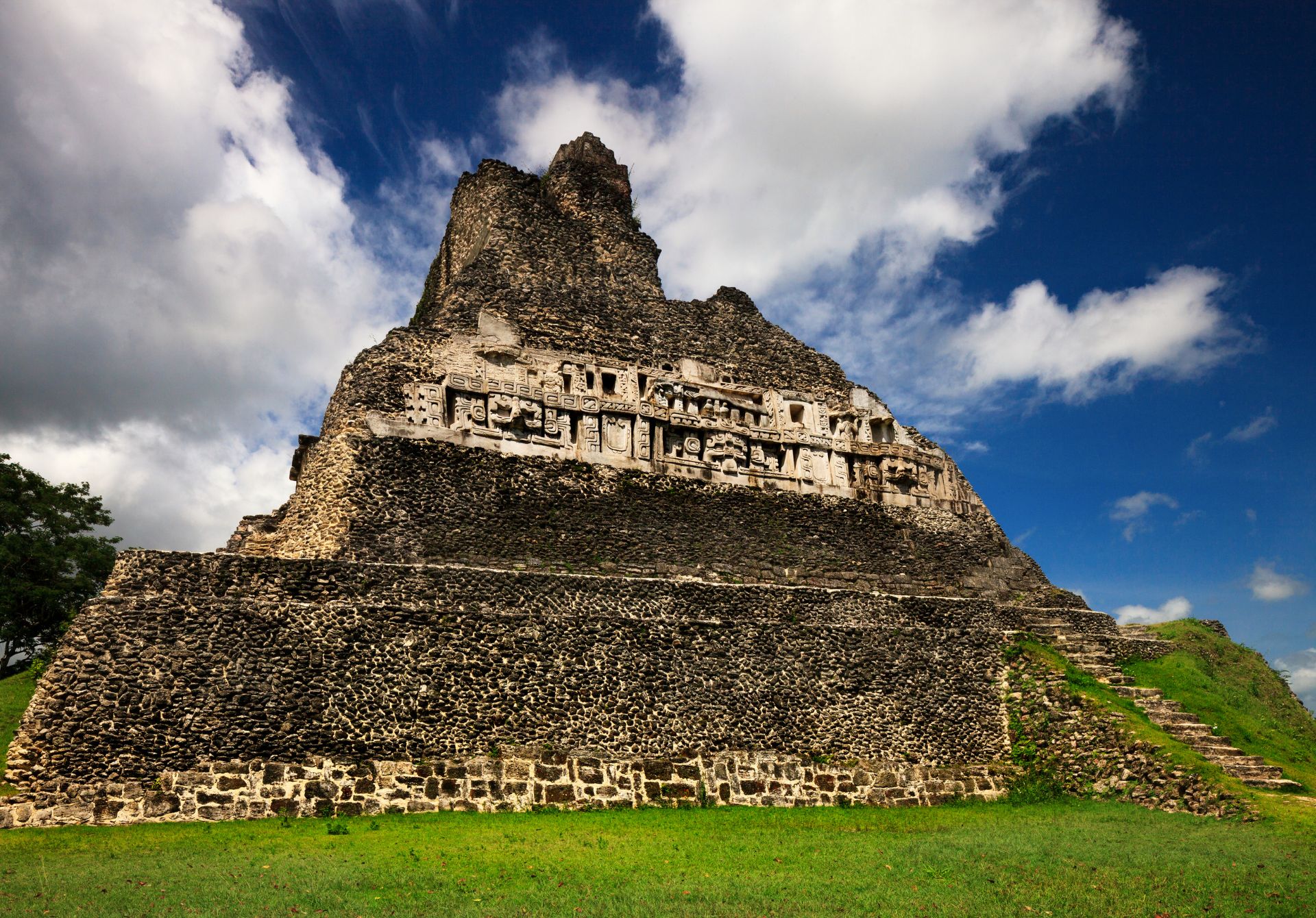Xunantunich is one of Belize’s most iconic and well-preserved Maya archaeological sites. Located near the Guatemala border, this ancient city offers visitors a glimpse into the grandeur of the Maya civilization, with towering structures, complex architecture, and stunning views of the surrounding jungle. This article explores the history, significance, and visitor experience of Xunantunich.
The History of Xunantunich
The name Xunantunich means “Stone Woman” in the Maya language, a reference to a local legend of a female ghost that is said to haunt the site. Archaeological evidence suggests that the city was occupied from around 600 AD to 1000 AD, with its peak occurring between 700 and 900 AD. During this period, Xunantunich served as a ceremonial and political center for the Maya, with its impressive structures serving as symbols of power and prestige.
At its height, Xunantunich is believed to have housed approximately 7,000 to 10,000 inhabitants, making it a significant urban hub in the Maya lowlands. However, like many other Maya cities, Xunantunich experienced a decline and eventual abandonment around 1000 AD, possibly due to a combination of warfare, environmental factors, and political instability.
The Iconic El Castillo Pyramid
The crown jewel of Xunantunich is undoubtedly the towering El Castillo pyramid, which stands at 130 feet (40 meters) tall. This massive structure dominates the site and provides breathtaking panoramic views of the surrounding Belizean jungle and into neighboring Guatemala. El Castillo is the second-tallest Maya structure in Belize, surpassed only by the temple at Caracol.
The pyramid is adorned with intricate friezes and carvings that depict Maya gods, cosmology, and historical events. Visitors can climb to the top of the structure, where they are rewarded with a sweeping view that stretches for miles. The climb itself is an immersive journey through ancient history, as visitors ascend the same steps that Maya rulers and priests once used during religious ceremonies.
Excavation and Restoration Efforts
Excavations at Xunantunich began in the late 19th century, and significant efforts to uncover and restore the site have continued over the years. Archaeologists have uncovered several important artifacts, including stelae (stone slabs with inscriptions) and altars, providing insights into the political and religious life of the Maya civilization.
Thanks to ongoing conservation efforts, Xunantunich remains one of the best-preserved Maya sites in Belize, allowing visitors to experience the grandeur of the ancient city in a way that feels authentic and immersive. Restoration projects have also focused on preserving the delicate carvings and structures that have withstood the test of time for over a millennium.
How to Visit Xunantunich
Visiting Xunantunich is a popular day trip for tourists staying in San Ignacio, Belize, located just 8 miles from the site. The adventure begins with a short ferry ride across the Mopan River, followed by a short hike to the main entrance. Visitors can explore the site’s plazas, temples, and ball courts, as well as the iconic El Castillo pyramid.
Guided tours are available, offering in-depth knowledge of the history, architecture, and cultural significance of Xunantunich. The site is open year-round, making it an accessible destination for travelers seeking a deeper understanding of Maya history.
Xunantunich stands as a testament to the incredible achievements of the ancient Maya civilization. From the imposing El Castillo pyramid to the rich history revealed through ongoing excavations, this archaeological site offers an unforgettable experience for anyone interested in history, culture, and adventure. A visit to Xunantunich not only allows travelers to witness the splendor of Maya architecture but also to connect with a lost civilization that continues to inspire and fascinate the modern world.

